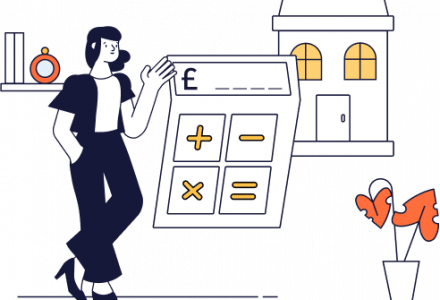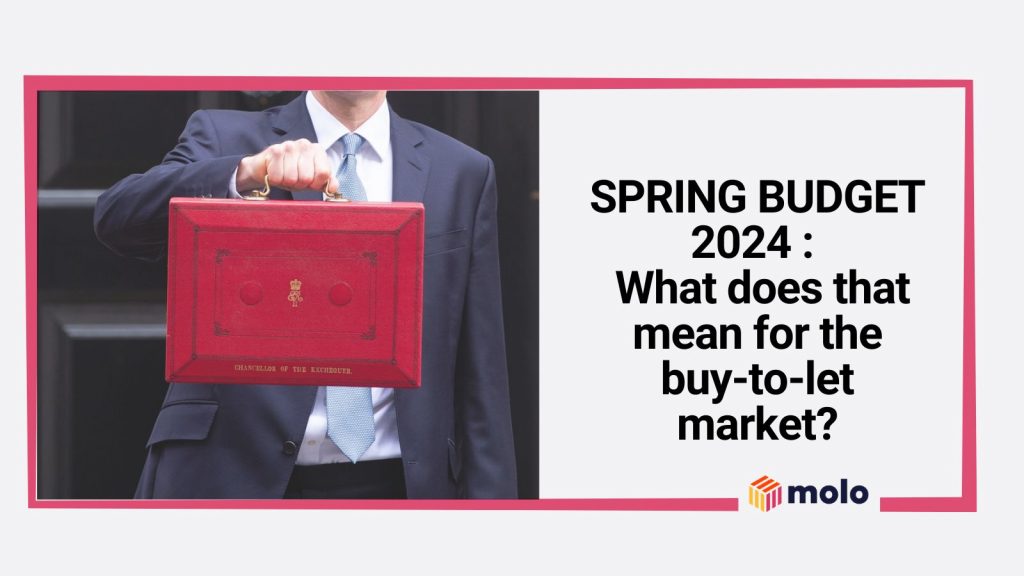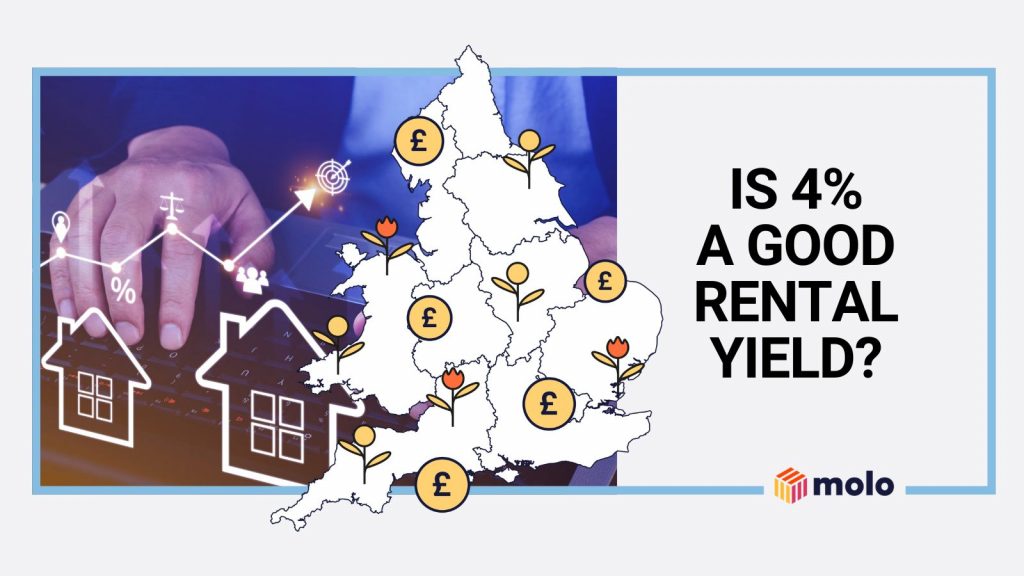Owning a buy-to-let is still one of the most popular ways for people to invest in the UK, with more than 2.5 million landlords currently operating. It’s also regarded as one of the safest investment types for many due to stable rental income, historical house prices increases and the fact that owners have more control over a property than other types of investments.
If you’re looking to purchase a buy-to-let property, one of the first questions you’ll likely have will likely be about the amount you can borrow. Here, we provide an overview of what determines your borrowing potential.
Tips to maximise borrowing potential:
Key factors that affect borrowing potential
Rental income
The potential rental income from a buy-to-let property is a fundamental part of understanding how much you may be able to borrow. Whereas residential mortgages focus on the borrower’s income, buy-to-let mortgages look at the rental income.
Lenders assess the viability of the property by ensuring that rental income comfortably covers the mortgage repayments. This is measured by the interest coverage ratio (ICR), which varies depending on the lender’s criteria and the type of property.
They usually determine what percentage of ICR you’ll pay based on your tax bracket. For example, it’s charged at:
- 125% for basic rate taxpayers
- 145% of for higher/additional taxpayers
- 125% of a limited company
Once a percentage has been established, lenders calculate the ICR by dividing the annual rental income by the annual mortgage repayments. For instance, mortgage repayments of £1,000 per month would require rental monthly income between £1,250 and £1,450, depending on the lender’s requirements.
Personal income and credit history
Rental income is the primary source of calculating mortgage affordability, but it’s not the only factor. Lenders also take your personal income into account when determining your borrowing potential.
In some cases, lenders may also set a minimum personal annual income requirement ranging from £25,000 to £30,000. Again, this varies depending on the lender. At Molo, we don’t have a specific minimum income requirement. You can see income criteria here.
What about my credit history?
Your credit history plays a role in the mortgage approval process. Lenders assess creditworthiness by looking at your credit report, borrowing history and any outstanding debts.
A poor credit history could potentially mean paying a higher interest rate or even a declined mortgage application. Maintaining a good credit score can make a significant difference when it comes to securing favourable mortgage terms and maximising your borrowing potential.

Plan ahead with our mortgage calculator
- Borrow up to 80% LTV
- See how much you can borrow
- Get an MIP in under 2 mins
What deposit size do I need?
Buy-to-let mortgage providers typically require a larger deposit compared to residential mortgages. Most lenders ask for a minimum deposit of 25% of the property value, although some may accept as low as 15% or require up to 40% for certain property types and locations.
How does a larger deposit increase borrowing potential?
Paying a higher deposit lowers the loan amount, and a decreased loan-to-value (LTV) means you’ll borrow less and pay lower monthly repayments. Lenders may also offer more competitive interest rates and higher borrowing potential to borrowers with a larger deposit.
Saving up for a bigger deposit can be advantageous in securing better mortgage terms and may increase your chances of approval while lowering the overall financial burden.
Which type of property should I invest in, and where?
The type of property you’re looking to invest will potentially impact the lender’s criteria for a buy-to-let mortgage. For instance, some lenders may have stricter requirements for properties such as HMOs (house of multiple occupation), new builds or apartments above a shop. Any one of these scenarios can lead to higher interest rates and may even require you to use a specialist lender.
The impact of location on rental demand and property value
It’s all about location, location, location when figuring out rental demand and property value. Of course, the numbers will also play a role in how much you can borrow for a buy-to-let mortgage.
High rental demand areas generally lead to higher rental income and a more stable investment. Researching local property markets, employment opportunities and infrastructure will help you identify locations with strong rental demand and potential for capital growth in the long term.
Can I use affordability calculators to see how much I can borrow?
The purpose and benefits of online affordability calculators
Online affordability calculators provide an estimate of approximately how much you can borrow based on your personal and financial circumstances. Online calculators take into account factors such as rental income, personal income, deposit size and existing debts to calculate your borrowing potential.
They offer a quick and convenient way to gauge what you might be able to borrow for a buy-to-let mortgage and help you set realistic expectations for your investment. After using an online calculator, you can get a mortgage in principle (MIP) before applying for the full loan amount.
Recommended tools
Many UK lenders and mortgage brokers offer online affordability calculators tailored to the UK property market. Here at Molo, you can check your eligibility by using our buy-to-let mortgage calculator to see how much you might be able to borrow. And if you decide to go ahead with the application, the entire process takes place online for a faster and smoother mortgage experience.

Plan ahead with our mortgage calculator
- Borrow up to 80% LTV
- See how much you can borrow
- Get an MIP in under 2 mins
Should I work with a mortgage broker to determine affordability?
Mortgage brokers are experts in the field and provide valuable guidance throughout the mortgage application process. They have access to a range of lenders and mortgage products, which may not always be widely available to the general public.
A mortgage broker helps you find the most suitable buy-to-let mortgage based on your personal circumstances, financial goals and the specific property type and location you’re interested in.
How do brokers help maximise borrowing potential?
Mortgage brokers can identify lenders with favourable lending criteria by tapping into their resources. They can also provide personalised advice on how much you’re likely able to borrow depending on the information provided.
What other options do I have?
Alternatively, you can go straight to the lender. For instance, Molo offers a digitalised mortgage application. You can either apply for your buy-to-let mortgage directly through our website or you could use one of our key broker clubs and networks.
Other factors that affect affordability
The Prudential Regulation Authority (PRA) Rules
The Prudential Regulation Authority (PRA) introduced rules for buy-to-let lending in 2017 to ensure that lenders conduct more stringent affordability checks and stress tests for potential borrowers.
These rules require mortgage providers to consider factors such as interest rate changes, rental income fluctuations and borrowers’ other financial commitments when determining mortgage affordability.
How do these rules impact borrowing potential?
The PRA rules have led to stricter lending criteria, and this can impact your borrowing potential. To improve your chances of approval and maximise borrowing potential, you’ll need to demonstrate a strong ICR, have a solid level of personal income, maintain a good credit score and save for a larger deposit.
Tax considerations
It’s also worth remembering that you’ll need to pay an additional 3% SDLT surcharge on top of the standard SDLT rates for any second property, including buy-to-let. The additional cost can affect your deposit amount which has a direct impact on the LTV.
Income tax and mortgage interest relief changes
Changes to income tax and mortgage interest relief for buy-to-let properties have also made it harder for some landlords to be profitable.
Therefore, it’s helpful to understand tax implications and consider them when calculating the affordability of your buy-to-let mortgage.
That way, you won’t end up with an unexpected tax bill. It’s always worth speaking to a professional financial advisor regarding your specific situation.
Final thoughts: how much can I borrow?
Your borrowing potential for a buy-to-let mortgage depends on several factors, including rental income, personal income, credit history, deposit size and the property type and location.
Getting a mortgage in principle can help you better understand your affordability before beginning the full application, as can working through your finances before deciding on your next move. Do this, and you can successfully navigate the buy-to-let mortgage process and secure the best possible mortgage for your investment.



